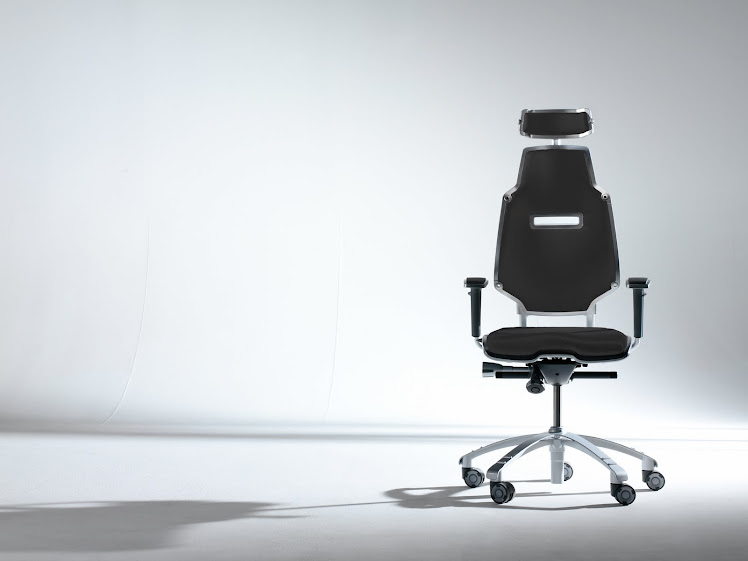In places where there is no grid, houses can be dark. But a simple solution--a plastic bottle stuck in the roof--can light up a room.
We have lightbulbs made from glowing metal filaments, fluorescent gas, and LED diodes. And now we have one made of water. There is also a virtually unlimited supply since the 'bulb' is composed of nothing more than one-liter plastic bottle, water, and bleach. The simple technology can be installed in less than an hour, lasts for five years, and is equivalent to a 60-watt bulb.
It works simply: The water defracts the light, letting it spread throughout the house instead of focusing on one point. The bleach keeps the water clear and microbe-free.
Developed by students from the Massachusetts Institute of Technology focused on 'appropriate technologies,' the solar bottle bulb is illuminating poor settlements across the Philippines, where the organization Isang Litrong Liwanag ('A Liter of Light') has already installed 10,000 of them. “With the Solar Bottle Bulb project, a brighter Philippines is going to become a reality,” Illac Diaz, a social entrepreneur installing the bulbs, told a Filipino publication. You can watch a video of the bulbs in action here.
Millions of poor homes in Manila--and far more around the world--are left in the dark because metal roofs block all light and there are no connections to the electrical grid in cramped informal settlements. This simple bottle bulb, installed through a sealed hole cut in the metal roofs, provides a surprising amount of light by deflecting sunlight into gloomy interiors.
It's just one more innovation in the growing movement to design appropriate technologies for the developing world, where a little ingenuity goes further than a lot of technology.
Update: We've also learned that
